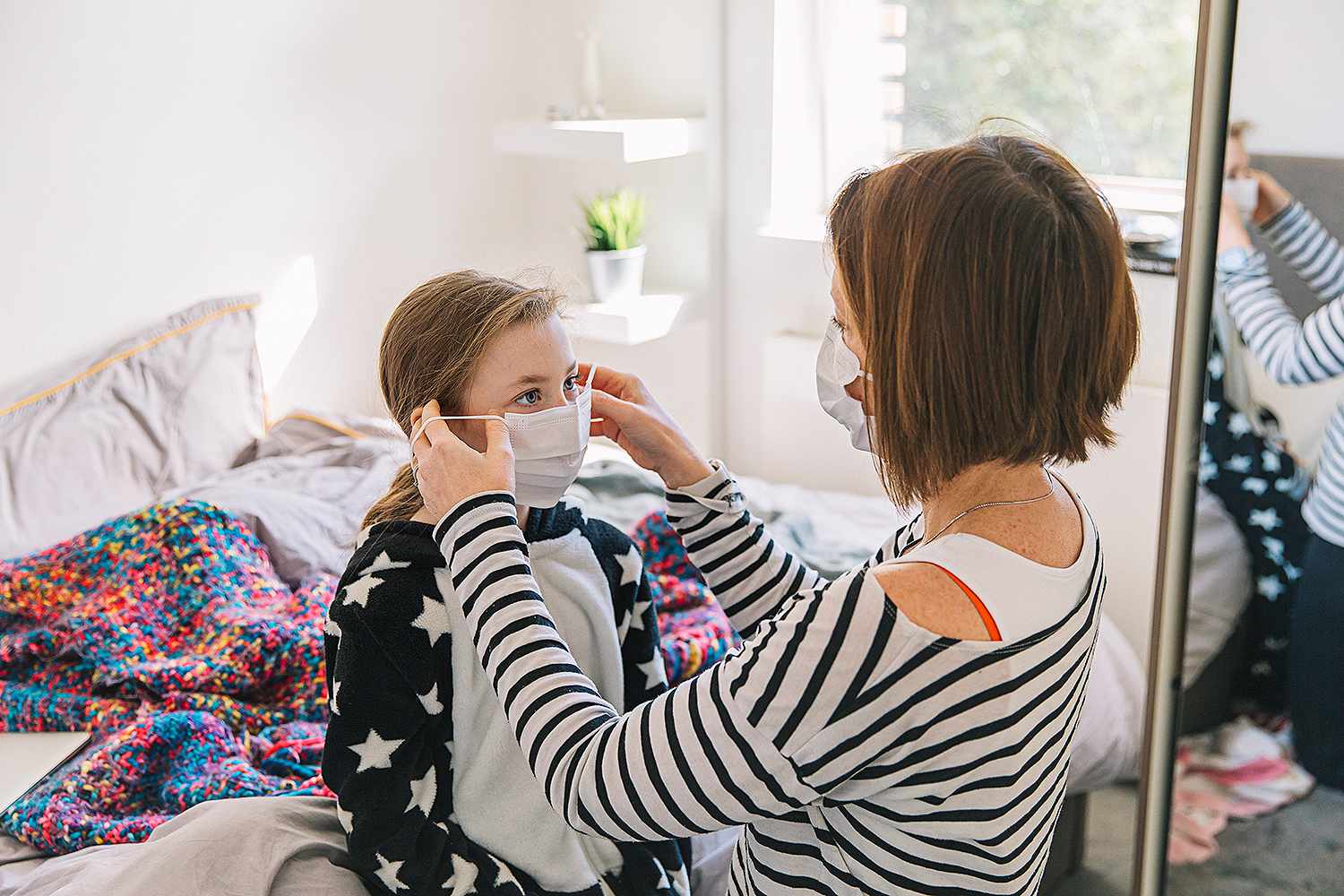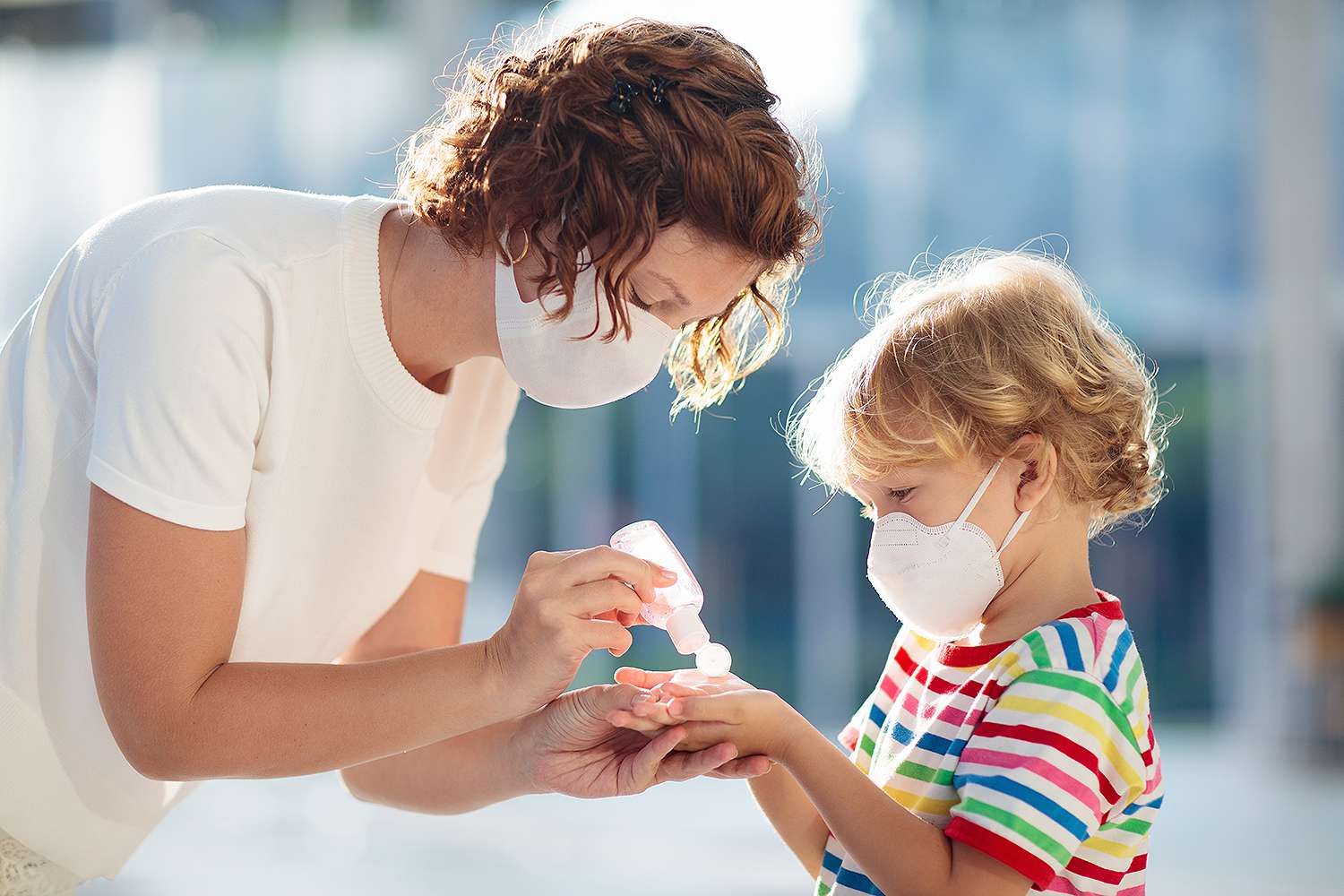

The CDC stressed in their report that extreme cases have been reported in children — including three deaths in the U.S. — and that the data in both their study and China’s, is limited.
“Although most cases reported among children to date have not been severe, clinicians should maintain a high index of suspicion for COVID-19 infection in children and monitor for progression of illness, particularly among infants and children with underlying conditions,” the CDC wrote in their report. “These findings must be interpreted with caution because of the high percentage of cases missing data on important characteristics.”
With the available information, researches found that 73 percent of pediatric patients would show symptoms of fever, cough or shortness of breath in comparison to the 93 percent of adult cases (aged between 18 and 64 years) reported during the tested time period.
The CDC said that of the 745 pediatric cases for which hospitalization status was known, 147 were hospitalized and 15 were admitted to intensive care. These numbers reveal a hospitalization rate of 5.7 to 20 percent and an ICU admission rate of just .58 to 2 percent. Meanwhile, in adults, those rates jumped to 10 to 33 percent and 1.4 to 4.5 percent, respectively.
“Whereas most COVID-19 cases in children are not severe, serious COVID-19 illness resulting in hospitalization still occurs in this age group,” the CDC warned. “Social distancing and everyday preventive behaviors remain important for all age groups as patients with less serious illness and those without symptoms likely play an important role in disease transmission.”
As information about the coronavirus pandemic rapidly changes, PEOPLE is committed to providing the most recent data in our coverage. Some of the information in this story may have changed after publication. For the latest on COVID-19, readers are encouraged to use online resources from CDC, WHO, and local public health departments. To help provide doctors and nurses on the front lines with life-saving medical resources, donate to Direct Relief here.
Source: Read Full Article
